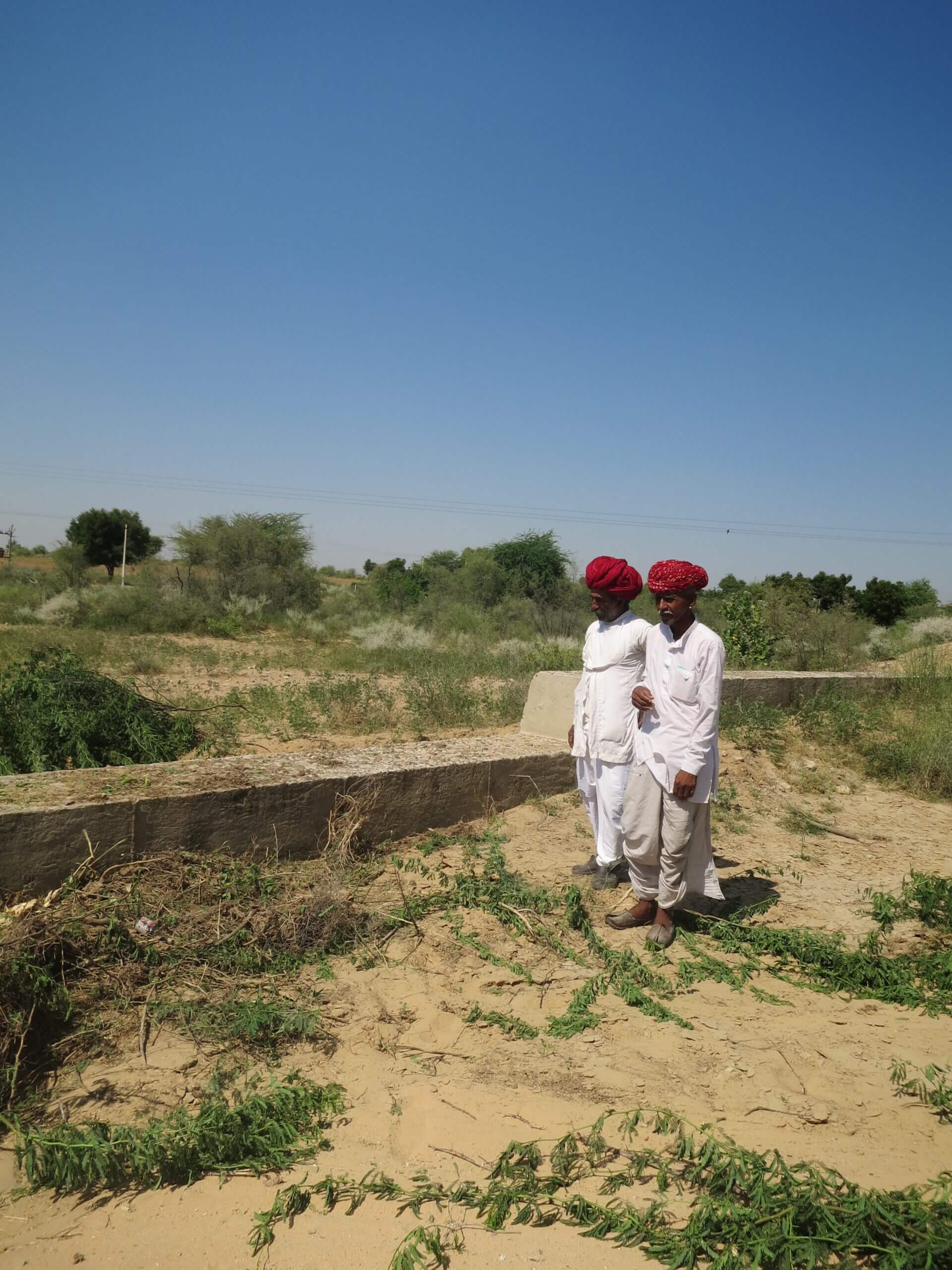Charity: Excellent Development
Project: Building Sand Dams in Rajasthan
Grants: £5000 in 2014, £10,000 in 2016
Key achievements:
Construction of eight sand dams in Rajasthan with sites for a further four identified
Creating easier access to safe water for more than 10,000 people
50% increase in the supply of water helping people, farming and natural environment
Overview
In 2014 a grant from the Coles-Medlock Foundation enabled Excellent Development to expand their work pioneering sand dams to improve access to clean water for people living in arid areas of Rajasthan, India. Working with their local partner, the Jal Bhagirathi Foundation (JBF), in 2015 Excellent Development completed the first phase of the programme, constructing six sand dams in the Marwar region of Rajasthan. This increased access to safe water for more than 5000 people living in three villages in Marwar – Thumbo Ka Goliya in Jalore District and Jasol and Bhakasar in Barmer District – and supported small scale farming.
Marwar is the most densely populated desert region in the world where most people do not have a source of safe water within a 1.6km radius. The salinity of the groundwater water there can be as much as ten times higher than is considered safe for human consumption. The government’s Public Health and Engineering Department reported a 50% increase in the supply of water and a significant decrease in salinity of water provided by the first dam built.
In 2016, a further Coles-Medlock Foundation grant helped phase two of the sand dam programme in Rajasthan, which saw two more sand dams constructed and a further four sited, bringing safe water closer to home for more than 10,000 people.
Following the success of the first eight sand dams, it was agreed the most efficient and sustainable way to continue and scale up the project would be for JBF to recruit and train their own sand dam team. The project has gone on to complete a further seven sand dams taking the total to 15, successfully recharging the groundwater, increasing the availability of water for thousands of families and reducing its salinity so it can be used for drinking and agriculture.

